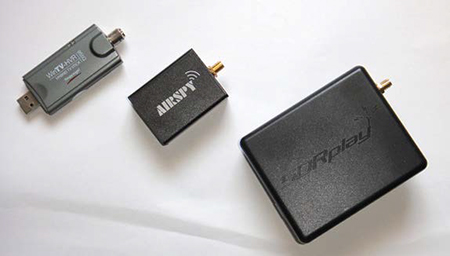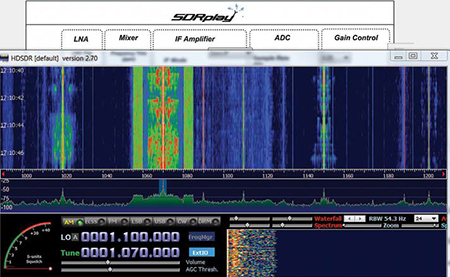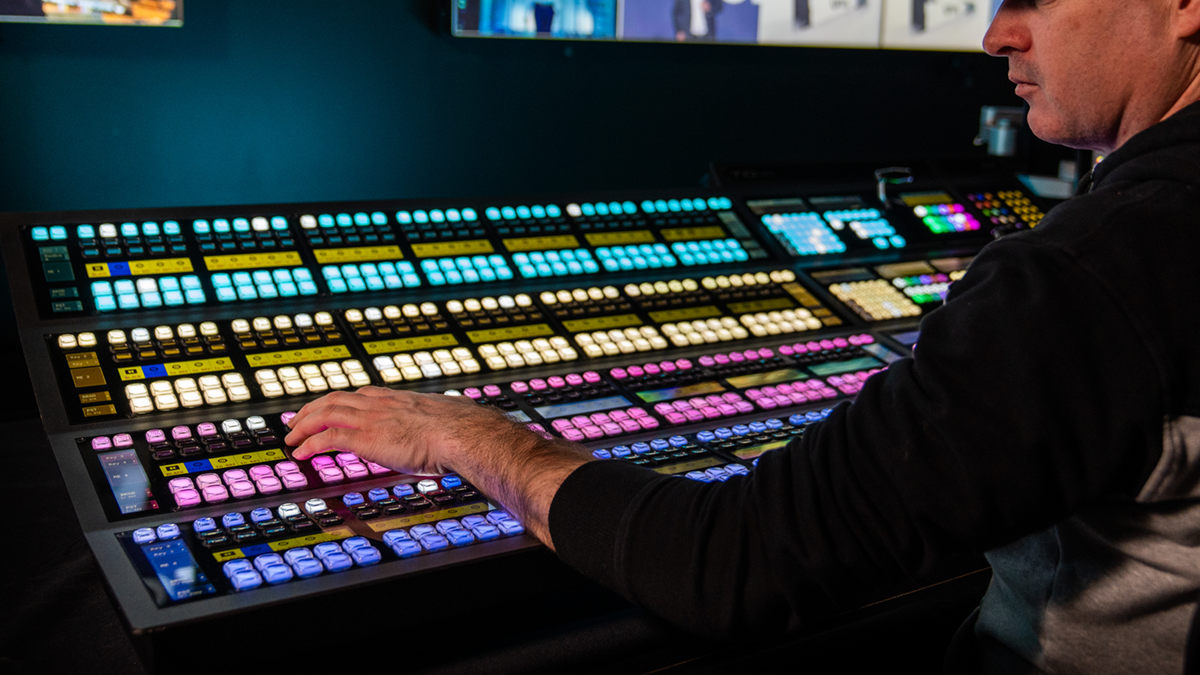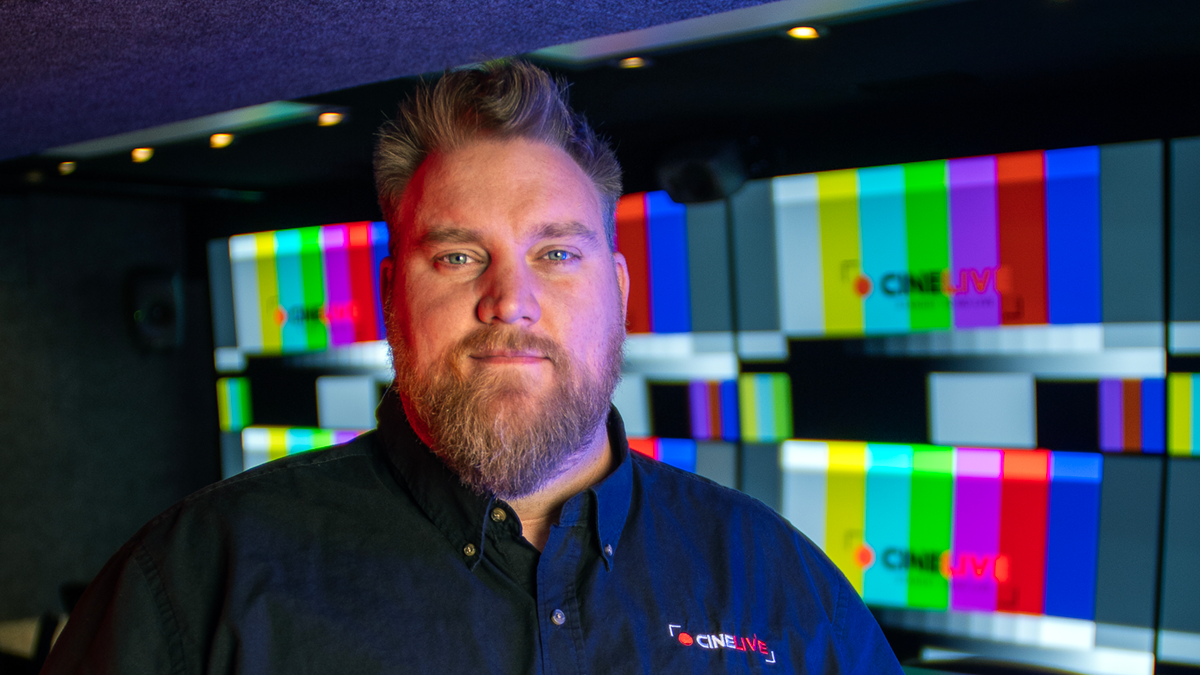New Tools for RF Analysis
Awhile back I described the RF toolkit I carry around with my laptop. Since I wrote that article, I’ve had a chance to test some new devices. This month I’ll look at the latest Hauppauge ATSC USB tuner, the HVR-955Q, and two new software-defined radios (SDR), the Airspy and the SDRplay.

HVR955Q, Airspy, SDRplayATSC USB TUNER UPDATE
I was disappointed to find Hauppauge had discontinued the Aero-M tuner. This tuner was unique in that it could decode ATSC, ATSC-MH and even DVB-T. The tuner provided accurate SNR and channel power data, making it an excellent tool for field measurements. This is the tuner I used for the New York City signal testing, as well as the antenna testing I described in a previous column, (“Looking Inside Mobile DTV Receivers,” Aug. 9, 2011).
The only substitute I’ve been able to find for the Aero-M is the new Hauppauge HVR- 955Q. This device uses a Silicon Labs Si2157 tuner, the latest LG/Zenith demodulator chip—the LGDT3306A and a CX23102 USB interface/controller.
Testing it in a few cities around the country, I found the HVR-955Q performed a bit better than the Aero-M—less susceptible to overload and a bit more sensitive. While in New York at a hotel near the Empire State Building, the HVR-955Q was the only one of my collection of USB tuners able to reliably receive WLIW’s transmission from Long Island.
Unfortunately, this device is not without its flaws. While the HVR-955Q is supported in the latest Linux kernel, the driver has some problems. The Linux channel scanning programs I tested either froze on RF Channel 2 or scanned very slowly. The tuner returns a “quality” statistic based on SNR margin instead of channel power in dBm.
Thanks to Antti Palosaari’s patch to the Si2157 tuner driver, installing the latest LinuxTV “media_build” allows the “dvb-fetool” program to return channel power in dBm. See www.linuxtv.org/wiki/index.php for instructions on how to build and install DVB device drivers. You’ll find general information on how to use the device with Linux here: www.linuxtv.org/wiki/index.php/Hauppauge_WinTV-HVR-955Q.
After the updated drivers are installed, SNR (actually MER) readings are not available in the dvb-fe-tool. MER readings, tenths of dB in hexadecimal, are available using the old “femon” program. I’m hoping the Linux TV developers will be able to fix the problems with the statistics. When I get some spare time I’ll see if I can modify my signal testing program (www.transmitter.com/signal-testing) to work with the HVR-955Q.
I’ve written about using the $20 RTL- 2832-based USB receivers as a software-defined radio and spectrum analyzer in previous columns. The R820T tuner used in many of these devices covers 24–1800 MHz, making it useful for checking FM, TV and the broadcast auxiliary bands below 2 GHz. The RTL-SDRs have two problems that limited their usefulness—bandwidth limited to around 2.4 MHz and an 8-bit ADC that limits dynamic range.

Fig. 1: Airspy spectrum display of Channel 50 DTV signalINEXPENSIVE SOFTWARE-DEFINED RADIOS
The Airspy SDR uses the newer R820T2 tuner, allowing up to 10 MHz bandwidth, and a high-performance 12- bit ADC (part of the NXP LPC4370 ARM microcontroller) capable of operating at 20 megasamples per second (MSPS). This improves the dynamic range to 80 dB and allows an alias-free spectrum display up to 10 MHz wide, perfect for checking DTV signals, (Fig. 1).
I tested the Airspy as a receiver with SDR# and HDSDR in Windows and with GQRX in Linux and it worked perfectly. Airspy libraries are included in the GNUradio’s gr-osmosdr. The Airspy came in handy as a simple, but sensitive, spectrum analyzer while testing an Anywave on-channel repeater in Puerto Rico last month.
The Airspy costs $199 and comes in a small metal case with an SMA RF input connector and a micro-USB connector, cable included. An MCX connector is available for an external 10 MHz to 100 MHz clock reference. See http://airspy.com/ for detailed technical specifications and ordering info.
The Holy Grail of TV tuners would be one that can receive any standard, including ones that are still being developed, with just a simple firmware/software update. I was surprised to find out such a device actually exists and was released more than seven years ago by Mirics Ltd.
With the proper software, Mirics (www.mirics.com) claims its MSi001 multi-standard tuner chip and MSi2500 USB bridge FlexiTV platform can receive ATSC, ATSCMH, DVB-T, DTTB, ISDB-T, T-DMB, CMMB, ClearQAM, DVB-C, PAL, NTSC, AM, FM, DAB, DRM and even HD Radio.
This marvelous chipset is available in the SDRplay RSP (Radio Spectrum Processor). SDRplay is targeted at people interested in a software-defined radio that can receive any signal between 100 kHz and 2 GHz, with the exception of a small band between 380–430 MHz. The Mirics chip set allows IF bandwidth up to 8 MHz with an ADC sampling rate up to 12 MSPS.
Unfortunately, the only TV software I could find for the SDRplay was for DVB-T receiver software. Software is available in GNUradio to decode ATSC. The gr-osmosdr SDRplay library has some issues, but with care the latest version, released in July 2015, is usable. Perhaps by the time you read this it will perform as well as other supported gr-osmosdr devices.

Fig. 2: SDRplay showing KNX-AM HD Radio spectrum The SDRplay works fine using HDSDR and SDR# under Windows. Mirics’ “gain reduction” techniques make it difficult to get reliable signal amplitude measurements, but as a receiver it performs well. Fig. 2 shows HDSDR displaying the KNX-AM HD Radio signal. Unfortunately there is no open source decoder available for HD Radio.
Analog AM performance is excellent. In a rural location I had no problem receiving AM radio stations over 2,500 miles away with a small outdoor whip antenna. Even though SDRplay still has a few problems with GNUradio and the GQRX SDR, it works quite well with the suite of SDR-J programs—an FM receiver that supports RDS, a spectrum viewer covering the full range/bandwidth of the device and a shortwave receiver that’s actually capable of decoding signals anywhere the SDRplay can tune, including NBFM at 450 MHz.
The SDRplay’s bandpass filters make it possible to dig out weak signals without worrying about bleed-through or overload from strong FM radio stations or passing aircraft. I had good luck with longwave, AM, shortwave and longwave reception even using the whip on an Icom VHF/UHF discone. The IF offset and bandwidth adjustments allow reception of weak FM radio stations. Such capability in such a small package is amazing.
The SDRplay costs $149 and comes in a plastic box with an SMA RF input connector and an ancient USB Type B connector— USB cable not included. See http://sdrplay.com for more information on this device.
I’m looking forward to the SDRplay team getting this box working well under GNUradio. If we’re really lucky, maybe we’ll see some new TV software for it!
I welcome your comments. Email me atdlung@transmitter.com.
Get the TV Tech Newsletter
The professional video industry's #1 source for news, trends and product and tech information. Sign up below.

Doug Lung is one of America's foremost authorities on broadcast RF technology. As vice president of Broadcast Technology for NBCUniversal Local, H. Douglas Lung leads NBC and Telemundo-owned stations’ RF and transmission affairs, including microwave, radars, satellite uplinks, and FCC technical filings. Beginning his career in 1976 at KSCI in Los Angeles, Lung has nearly 50 years of experience in broadcast television engineering. Beginning in 1985, he led the engineering department for what was to become the Telemundo network and station group, assisting in the design, construction and installation of the company’s broadcast and cable facilities. Other projects include work on the launch of Hawaii’s first UHF TV station, the rollout and testing of the ATSC mobile-handheld standard, and software development related to the incentive auction TV spectrum repack. A longtime columnist for TV Technology, Doug is also a regular contributor to IEEE Broadcast Technology. He is the recipient of the 2023 NAB Television Engineering Award. He also received a Tech Leadership Award from TV Tech publisher Future plc in 2021 and is a member of the IEEE Broadcast Technology Society and the Society of Broadcast Engineers.










